The Secret to a Calm Kitchen? It’s Not About Cooking Faster
I’ve spent a long, long time in kitchens—from the hustle of small restaurants to just feeding big, hungry groups at home. Over the years, I’ve seen countless people, both new cooks and seasoned ones, hit the same wall. It’s not about a lack of skill or passion. It’s that feeling of being constantly overwhelmed, drowning in a mess while the clock is ticking way too loud.
In this article
Most people think the answer is to just move faster, but here’s the secret: speed in the kitchen comes from having a good system, not from rushing around in a panic. Getting control of your kitchen isn’t about some magic shortcut. It’s about building a workflow that turns cooking from a frantic chore into a focused, almost meditative craft. This is how the pros handle the pressure, and you can absolutely bring that same sense of calm into your own home.
First Things First: ‘Mise en Place’ is Your New Best Friend
In every professional kitchen, the day starts with a concept called mise en place. It’s a fancy-sounding French term, but it just means “everything in its place.” And honestly, it’s a total game-changer.
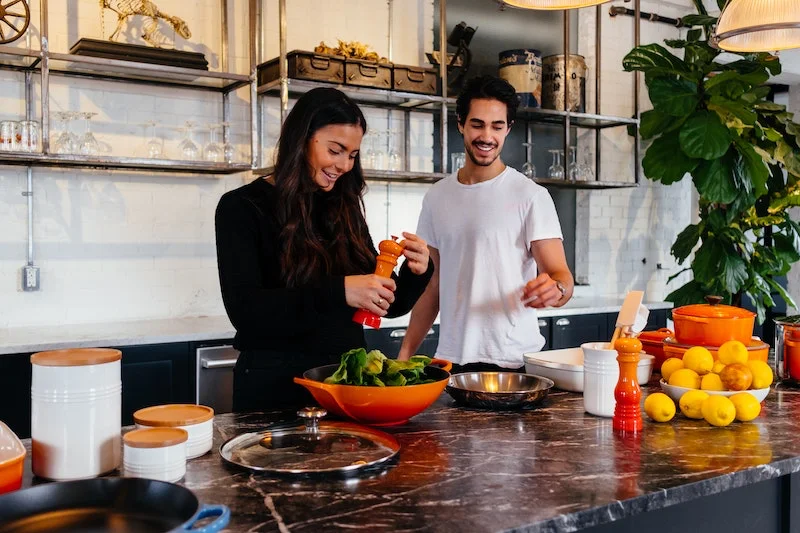
This isn’t just about chopping an onion before you turn on the stove. It’s a whole philosophy. Before a single pan gets hot, every single ingredient is prepped. Vegetables are washed and chopped, spices are measured out, and sauces are mixed. Everything is ready to go in its own little container. Adopting this mindset is probably the single biggest step you can take toward a more efficient kitchen.
Why does it work so well? It’s all about managing your brainpower. When you’re trying to chop a carrot, read a recipe, find the cumin, and make sure the garlic isn’t burning all at the same time, your focus is split into a million pieces. That’s when mistakes happen. But if you do all the prep work first, you separate the “thinking” phase from the “cooking” phase. When it’s time to cook, your only job is to combine the ingredients and manage the heat. Your mind is clear, and the whole process becomes surprisingly peaceful.
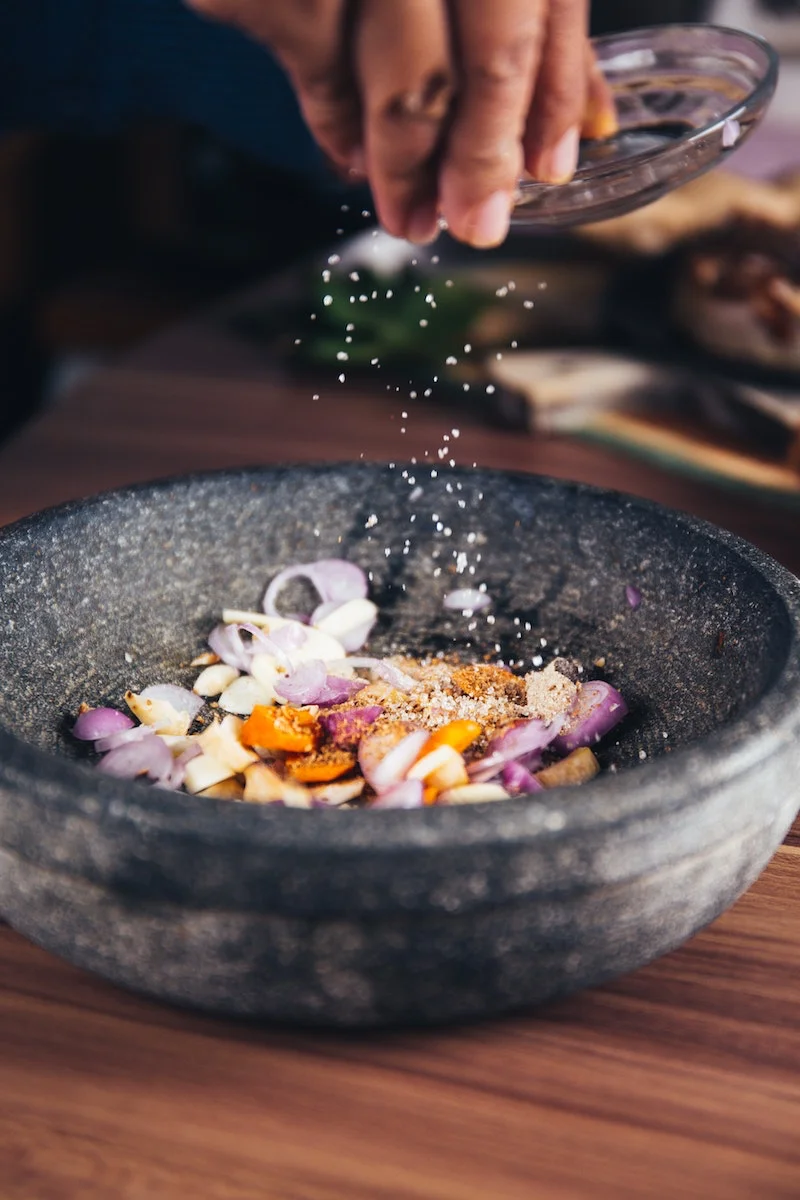
Making It Work in a Real-World Kitchen
You don’t need a huge restaurant kitchen to pull this off. For a weeknight stir-fry, this might just be 15 minutes of prep before you even think about turning on the stove.
- Get your protein ready. Cut up your chicken or press your tofu and put it in a bowl.
- Chop all your veggies and put them in another bowl. If some cook faster than others (like snow peas vs. carrots), you can give them separate bowls.
- Mince your aromatics like garlic and ginger and put them in a small prep bowl.
- Mix your sauce ingredients—soy sauce, rice vinegar, cornstarch, whatever—in a small jar you can shake up.
- Pour your cooking oil into a small dish and have it right by the stove.
Now, you can cook without stopping. You’re not scrambling for the soy sauce while your garlic is turning black. It’s a smooth, controlled process.

Quick Tip: Get yourself a bench scraper. It’s a simple, flat piece of metal or plastic that pros use to scoop up chopped stuff from the cutting board. It’s way safer and more effective than using your knife blade. You can find a basic plastic one for under $5, or a sturdier metal one for about $10-$15 at kitchen supply stores or online. It’s a cheap tool that feels like a total luxury.
Small Kitchen Hack: Feeling overwhelmed by all the bowls? I get it. If you have zero counter space, you have to get creative. A muffin tin is brilliant for holding small amounts of minced garlic, herbs, and spices. Or, you can just create little organized piles on different corners of your cutting board. The goal is organization, not creating more dishes.
Plan Your Week, Win Your Life
An efficient kitchen actually starts long before you pick up a knife—it starts with a plan. That last-minute run to the store for a single ingredient is one of the biggest time-wasters out there. A little bit of planning on a Sunday can save you hours of stress during the week.

Think in Themes, Not Just Meals
The key to smart meal planning is using ingredients across multiple dishes. Don’t plan five totally separate meals with unique shopping lists. Think about overlap. If you buy a big bunch of cilantro for tacos on Tuesday, plan a curry for Thursday that uses the rest of it.
A great way to practice this is with a whole roasted chicken. Here’s a flow I used to teach:
- Day 1: Roast a whole chicken with some potatoes and carrots. Classic.
- Day 2: Shred the leftover meat for quick chicken salad sandwiches or to top a big salad.
- Day 3: Take the chicken carcass and veggie scraps (onion peels, carrot ends) and make a beautiful homemade stock. Just let it simmer for a few hours.
- Day 4: Use that rich stock as a base for a killer chicken noodle soup.
From one main purchase, you’ve got the foundation for three or four different meals. And to make it even easier, here’s what your shopping list might look like for that plan:

- To Buy: A whole chicken, potatoes, carrots, celery, onion, salad greens, good bread or rolls, noodles, and any fresh herbs you love, like dill or parsley.
- Check Pantry For: Mayo, mustard, spices, olive oil.
Your Shopping List is a Map
Once you have a menu, organize your shopping list by the store’s layout: Produce, Meat/Dairy, Aisles, Frozen. This stops you from zig-zagging all over the place. And before you leave, do a 60-second scan of your fridge and pantry. It feels obvious, but we all skip it sometimes. It saves you from buying your third bottle of olive oil.
When you get home, use the “First In, First Out” (FIFO) rule. It’s a basic food safety habit from the restaurant world. When you buy a new carton of milk, slide the older one to the front so it gets used first. It’s a simple trick that seriously cuts down on forgotten, fuzzy science experiments in the back of the fridge.
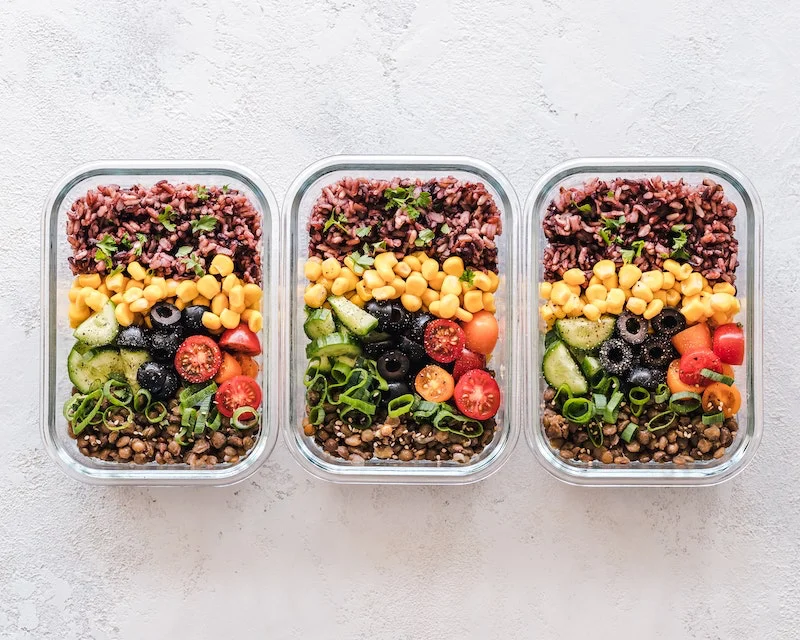
The Power of Prepping Components, Not Whole Meals
“Meal prep” can bring up images of sad, identical plastic containers. I prefer to think of it as “component prep.” Instead of five identical meals, you prepare versatile ingredients that can be mixed and matched all week. It gives you way more flexibility.
On a Sunday afternoon, you could spend an hour and prep things like:
- Hardy Veggies: Chop onions, carrots, and bell peppers. They’ll be ready to grab for any recipe.
- A Big Batch of Grains: Cooked quinoa or brown rice can be a side dish, a base for a grain bowl, or added to soup.
- A Jar of Vinaigrette: A homemade dressing is so much better than store-bought and takes two minutes to shake up in a jar.
- Hard-Boiled Eggs: Perfect for snacks or slicing over a salad.
Heads up! How long does this stuff actually last? This is the number one question people have. Here’s a general guide:
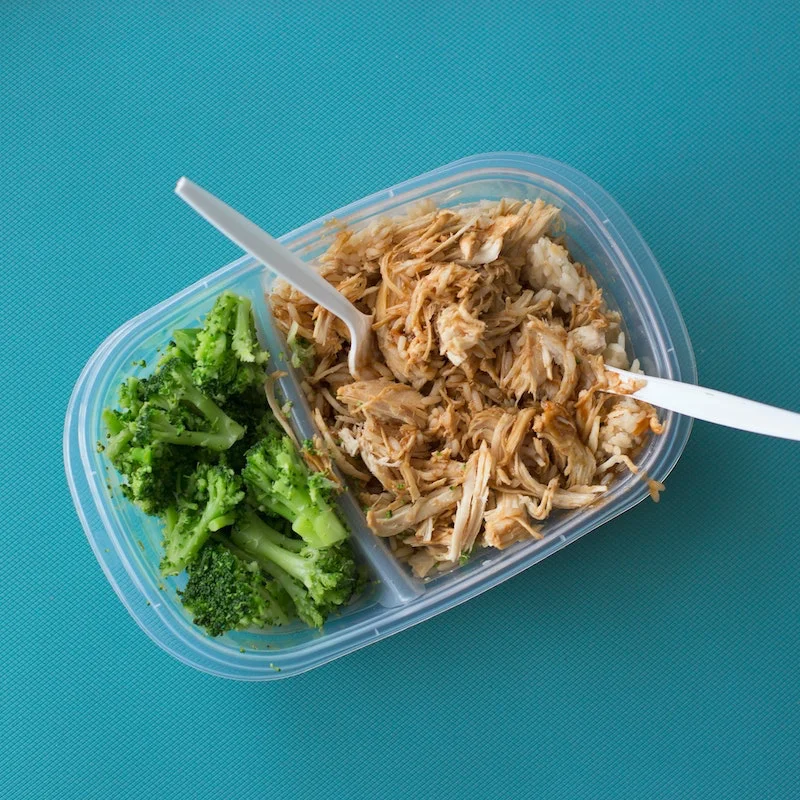
- Chopped raw onions, carrots, peppers: Up to 5 days in an airtight container in the fridge.
- Cooked rice, quinoa, or other grains: A solid 3-4 days, refrigerated.
- Homemade Vinaigrette: At least 1-2 weeks in the fridge (the vinegar acts as a preservative).
- Hard-boiled eggs (peeled or unpeeled): Up to 1 week in the fridge.
A Quick Word on Food Safety & Containers
Okay, this part is important. If you’re cooking a big batch of soup or chili, never put the giant, hot pot directly in the fridge. It can actually warm up the whole fridge and put other foods in the danger zone. The pro move is to cool it down fast. Pour the hot food into a few smaller, shallower containers to increase the surface area. To speed it up even more, you can place those containers in an ice bath in your sink. Once it’s cool, it can go in the fridge or freezer.
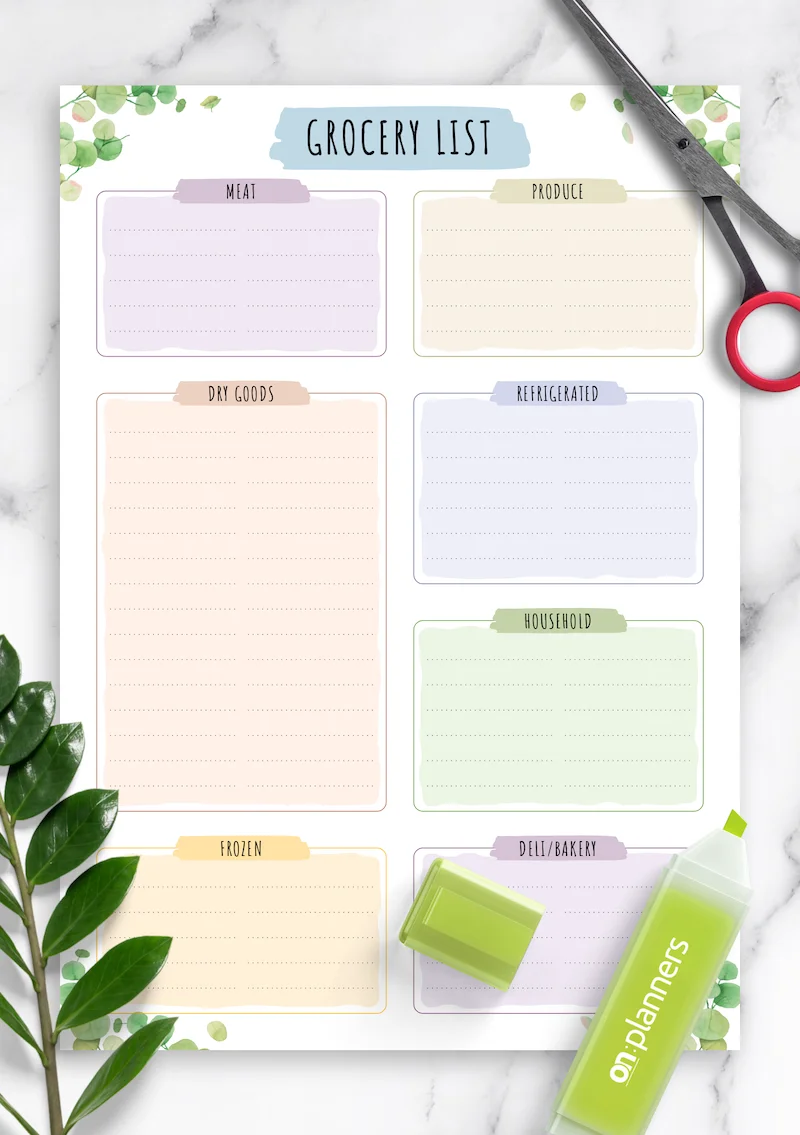
As for what to store it in, you’ve got options:
- Glass Containers: These are fantastic. They don’t stain or absorb odors (looking at you, tomato sauce), and you can usually pop them right in the oven or microwave. The downside is they’re heavy, breakable, and can be pricey.
- Restaurant-Style Deli Containers: These are my personal favorite for home use. They’re lightweight, super cheap (you can get a pack of 24 for $15-$20), and stack like a dream. They come in standard sizes, which makes organizing your fridge and freezer so satisfying. They are plastic, though, so I avoid microwaving them.
- Your Regular Plastic Containers: These are fine for many things, especially cold storage or dry goods. Just make sure they’re BPA-free and have a good, tight seal. Their biggest drawback is that they tend to stain easily and can warp over time.
Level Up: Pro-Level Tricks for Your Home Kitchen
Once you’ve got the basics down, you can start weaving in some more advanced techniques that save time and add a ton of flavor.
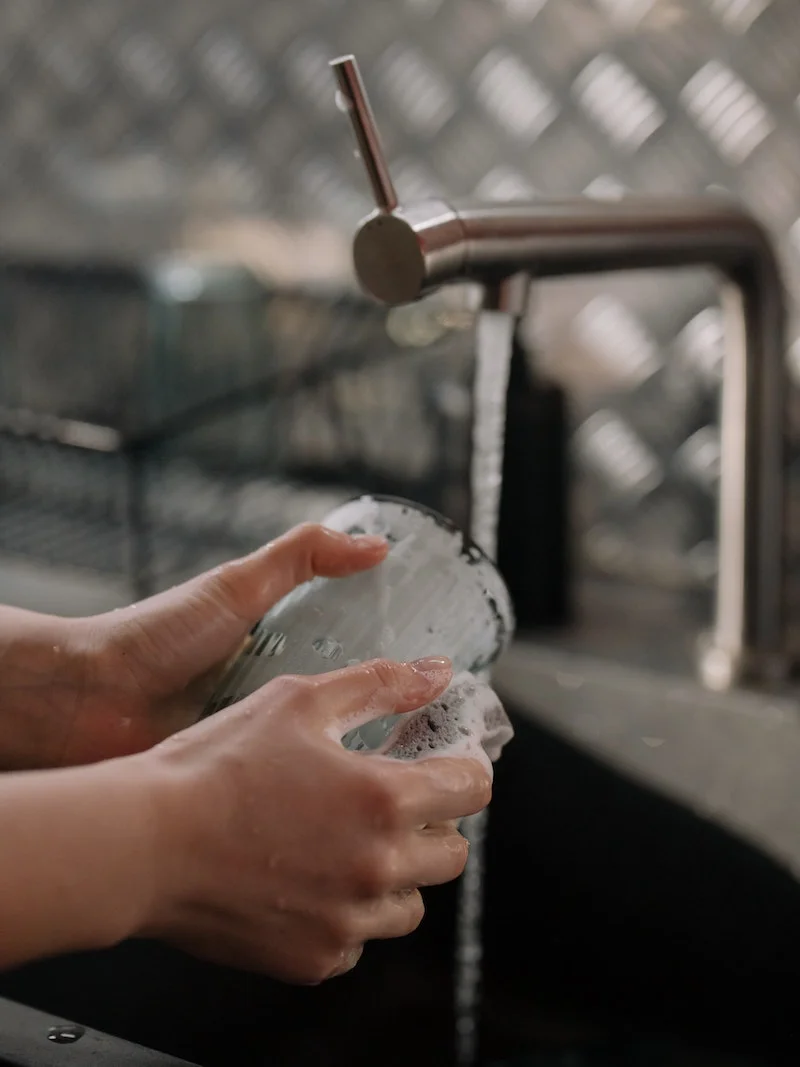
- Make Compound Butters: Mix softened butter with minced garlic and herbs, or chili and lime zest. Roll it into a log in plastic wrap and freeze it. Slice off a coin to instantly finish grilled fish, steak, or steamed veggies. It’s pure magic.
- Build Your Own Frozen Aisle: Double your meatball recipe. Cook half for dinner and freeze the other half raw on a baking sheet before bagging them. You can cook them straight from frozen. This works for burger patties and cookie dough, too!
- Master the Freezer: The freezer is your friend for preserving little flavor bombs. Freeze leftover tomato paste in tablespoon-sized dollops on parchment paper. Freeze leftover wine in ice cube trays to throw into a pan sauce later. No more waste.
Your Pantry: The Unsung Hero
A well-stocked pantry is your safety net for nights when a plan just doesn’t come together. Beyond the basics, a “working pantry” should have things that deliver big flavor with zero effort. This means oils, vinegars, soy sauce, canned tomatoes, beans, and coconut milk. And please, have a good selection of spices!
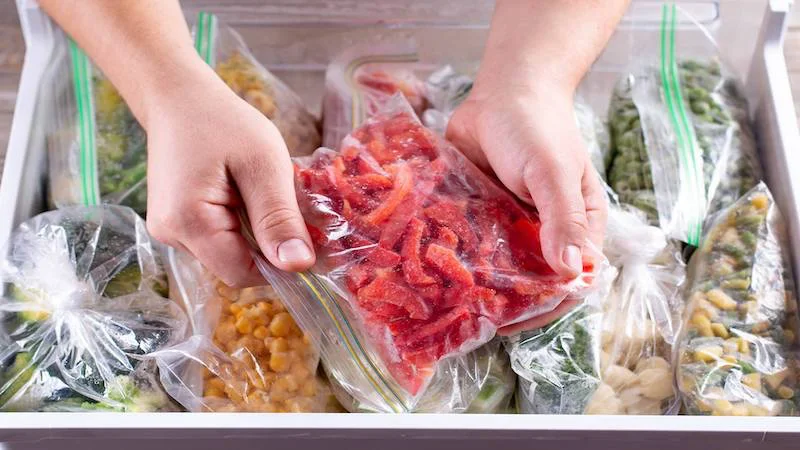
By the way, if I were stranded on a desert island and could only have five spices, I’d pick cumin, smoked paprika, oregano, chili powder, and garlic powder. With those five, you can tackle Mexican, Italian, or a hearty chili. They’re true workhorses.
Finally, the most powerful habit of all: clean as you go. This isn’t a trick; it’s a discipline. I once watched a young cook spend an extra 45 minutes scrubbing his station after a busy service while the rest of us were done. He only made that mistake once. Seeing a mountain of dishes after a lovely meal is just demoralizing. Try filling one side of your sink with hot, soapy water before you start. As you use a bowl or a whisk, toss it in. When you have a minute of downtime, wash a few things. It makes the final cleanup a breeze.
Quick Win for Tonight: Feeling like this is all too much? Just try one thing. While you’re waiting for water to boil tonight, wash one dish or wipe down one counter. That’s it. You’re building the muscle, and that’s how it starts.
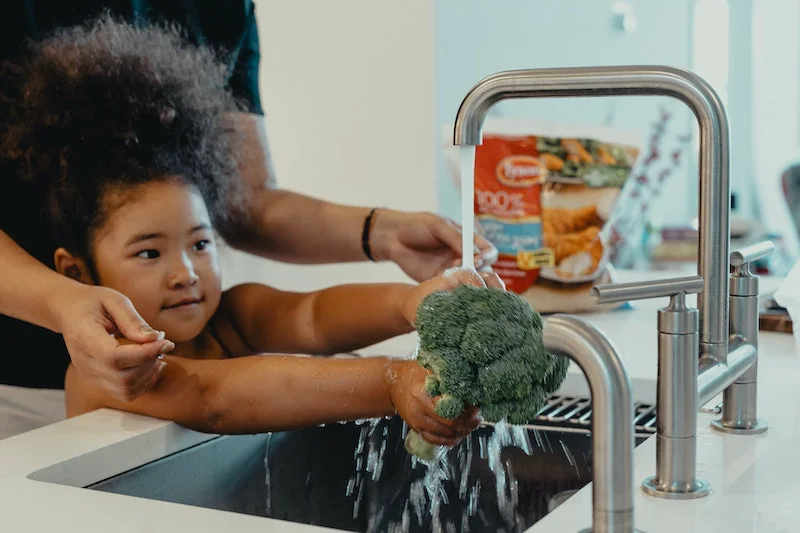
Final Thoughts
Building a better kitchen workflow is a skill that you develop over time. Don’t try to do all of this at once. Just pick one thing. Maybe this week, you just focus on making a good shopping list. Next week, you can try mise en place. Little by little, these habits merge into a system that feels natural, saves you time, and makes cooking feel like the creative outlet it’s supposed to be.
A quick but important note: The food safety advice here, like the cooling methods, comes from established professional standards meant to keep food safe. Official guidelines can vary, so it’s always a good idea to check with sources like the USDA or your local health authority for the most current information, especially if you’re cooking for anyone with health vulnerabilities. When in doubt, always play it safe!
Inspiration:
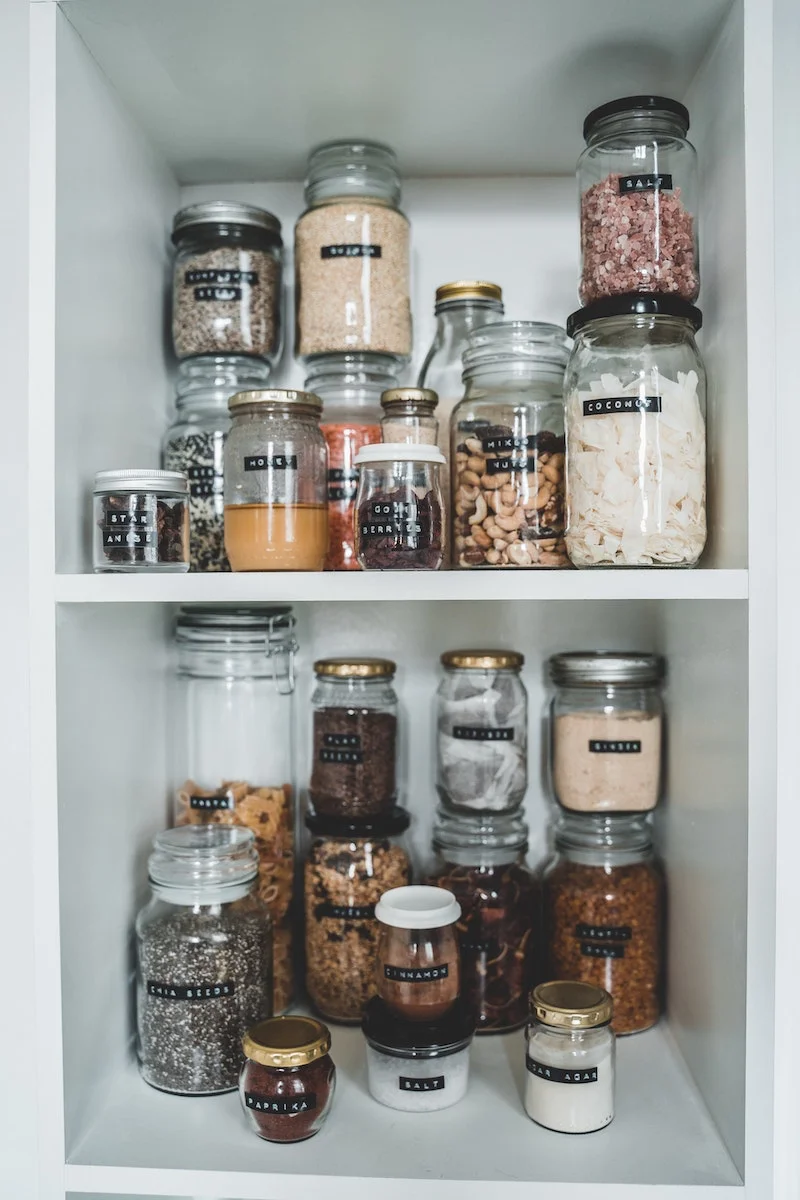
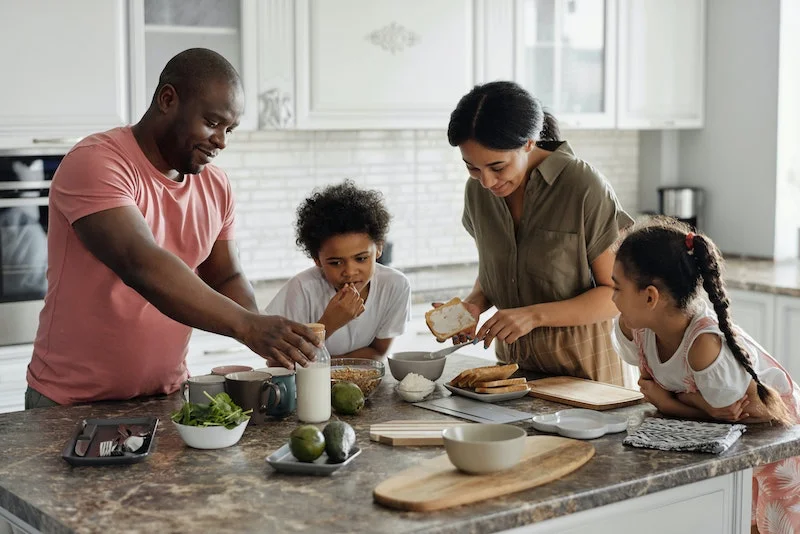
What’s the one habit, besides knife skills, that separates pro chefs from home cooks?
It’s the “clean as you go” mentality. This isn’t about scrubbing the whole kitchen mid-recipe. It’s about managing chaos in real-time. Keep a large “garbage bowl” on your countertop for all your peels, offcuts, and packaging—no more trips to the bin. Wipe spills the second they happen. Have a sink of hot, soapy water ready. While your onions soften for five minutes, you have time to wash the cutting board and knife you just used. This simple flow prevents the dreaded pile-up, ensuring that when the meal is ready, the kitchen isn’t a disaster zone. The result is a calmer process and a much easier final cleanup.
Glass Prep Bowls: A kitchen classic for a reason. Brands like Duralex or Pyrex offer clear glass bowls, allowing you to see every ingredient at a glance. They are non-reactive, meaning they won’t stain or hold odors from acidic foods like tomatoes or lemon juice, and they can often go from microwave to fridge.
Stainless Steel Bowls: The workhorse of professional kitchens. They are lightweight, virtually indestructible, and stack tightly, saving precious cabinet space. While you can’t see through them, their durability and ease of cleaning make them ideal for mixing, whisking, and holding larger quantities of chopped vegetables.










